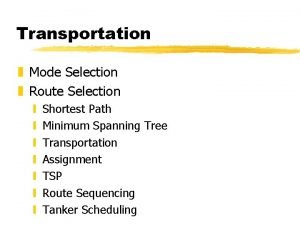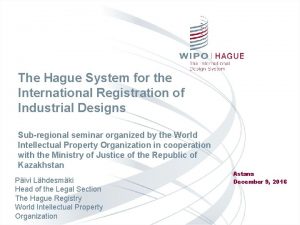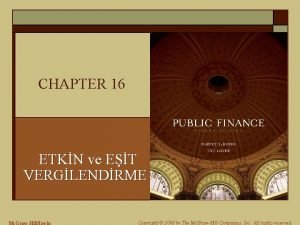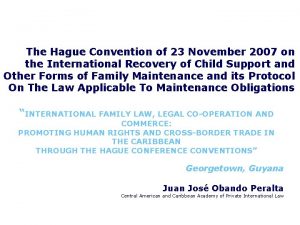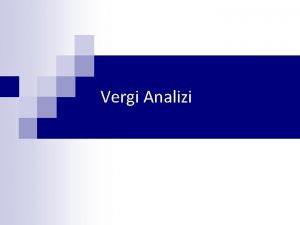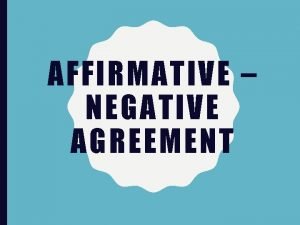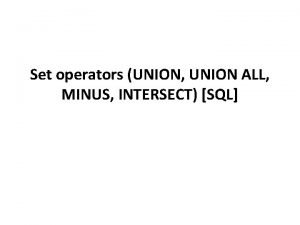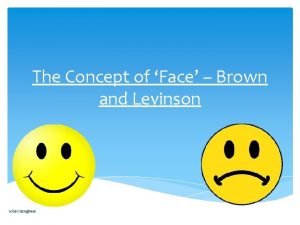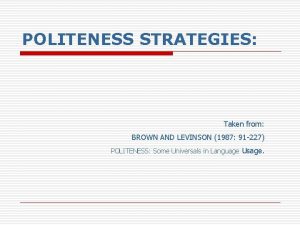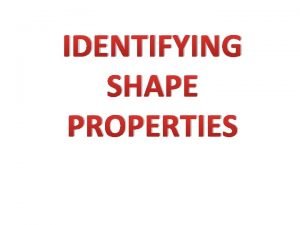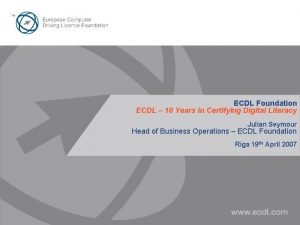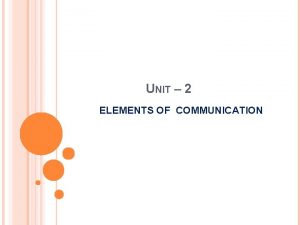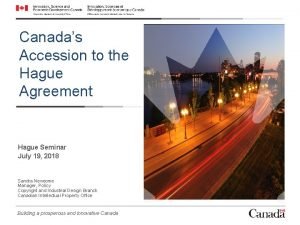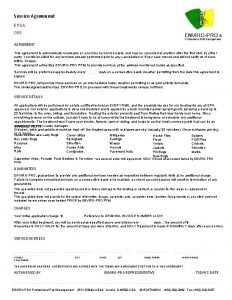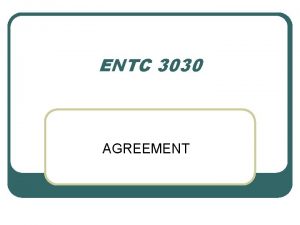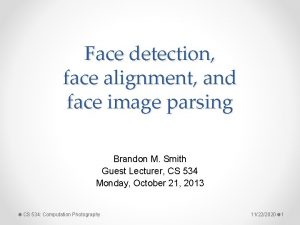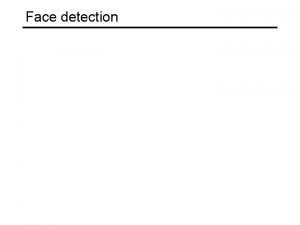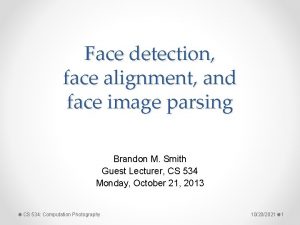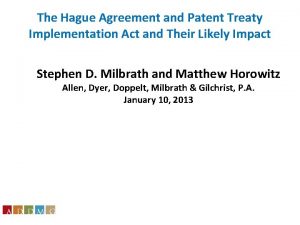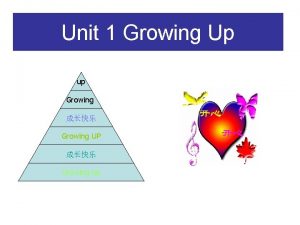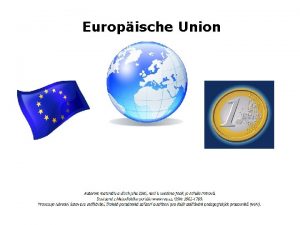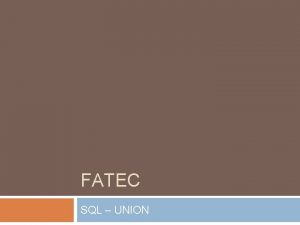Growing Union Changing face of the Hague Agreement



















- Slides: 19

Growing Union Changing face of the Hague Agreement Tyrone Berger Monash University European Policy for Intellectual Property Association (EPIP) 11 th Annual Conference 3 -5 September 2016, Pembroke College, University of Oxford 1

International designs • Series of agreements - London 1934, Hague 1960, Geneva 1999 • Designs least harmonised of IP rights… real flexibility • Variety of protections ‘cumulative’ • Hague Agreement does not provide harmonised standards … but evidences an effort to ‘internationalise’ designs • Entitlement: ‘Connection’ or Art 3 “domicile, a habitual residence or have a real and effective industrial or commercial establishment in the territory of a Contracting Party” 2

Hague registration process Direct/Paris Route The Hague System 3

Policy objectives • Improve filing international designs • Minimise change to national laws • Leading scholar William T Fryer III (2007): “It was formed to integrate the national systems, to facilitate foreign design protection, a necessary step toward global design law harmonisation” 4

Other features • National application not required • 3 sets of fees: basic, designation, publication • Various terms of protection 5

A note about ‘declarations’ • Mandatory and optional declarations • Two types of systems: non-examining and examining Eg individual designation fees (Art 7(2)) • Countries will approach the Hague Agreement in different ways 6

Growing Union • 34 Contracting Parties to Hague Act 1960 • 51 Contracting Parties to Geneva Act 1999 Total 65 members (re-signs) • Recent accession: US, Japan, Rep of Korea Upcoming: UK, Canada - others? 7

Growing Union Hague Membership 70 60 50 40 30 20 10 0 2003 2004 2005 2006 2007 2008 2009 1934 Act 2010 1960 Act 2011 2012 2013 2014 2015 1999 Act 8

Designs applications & counts • Hague Yearly Review (HYR) • Continuous growth since 2007 (applications/counts) – 2014? • According to WIPO – “partially due to the expansion in membership of the Hague System” • 2014: 4. 9 designs per application 9

Designs applications & counts 10

Designations 11

Recent national experiences • HYR reports on top 5 countries (EU, CH, DE, FR, TR) • Acceded to Geneva Act 1999 (2010 -2015) – ‘effect of accession’ Finland, Germany (re-signed), Japan, Norway, Republic of Korea, United States • Significant increases designations/design counts • Korea & US – large companies (eg Samsung 435 designs, 62% US Hague applic by P&G, Gillette & Microsoft) • Policy implications? 12

Applications by selected CP (2010 -2015) 13

Designations of selected CPs (2010 -2015) 14

Fees – ‘direct v Hague’ • Convergence of costs where an application has more designations, subject to mix of countries • Not an accurate measure by itself – professional fees (eg resident requirement), potential translation costs • Individual designation fees eg EU 67, Japan 582, US up to 1273 (all swiss francs!) 15

Who collects the fees? • Basic and publication fees are retained by the IB • Only the designation fee is forwarded to the Contracting Party • Publication fee due prior to deferment period expires (up to 30 months) • Increased applications => IB revenue 16

Concluding remarks • Growing Union – more attractive? • Robust IP laws ≠ certainty, less harmonisation • WIPO’s 2016/17 Program & Budget Program 31 ‘expand geographical scope’ => target 60 Contracting Parties • Further research!! 17

Changing face? 18

Thank you! Contact: tyrone. berger@monash. edu @tyrone_berger 19
 Growing and changing
Growing and changing Adoption learning partners hague training
Adoption learning partners hague training Hague line
Hague line Hague system fee calculator
Hague system fee calculator Ramsey kuralı
Ramsey kuralı Hague convention
Hague convention Corlett hague kuralı
Corlett hague kuralı Martin hague
Martin hague Security products the hague
Security products the hague Affirmative agreement
Affirmative agreement Sql union minus intersect
Sql union minus intersect Kiran sanghera
Kiran sanghera Face to face class
Face to face class Bald on record strategy
Bald on record strategy What shape
What shape Ecdl.com
Ecdl.com Hospice face to face template
Hospice face to face template Hyperbole in romeo and juliet
Hyperbole in romeo and juliet Barbara cons
Barbara cons Elements of communication
Elements of communication


